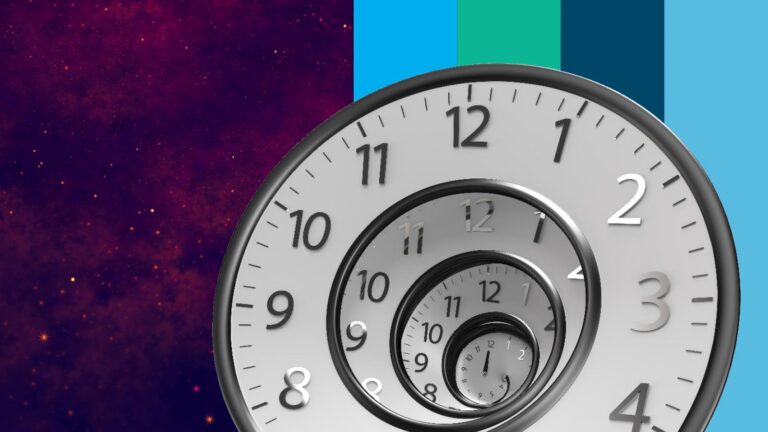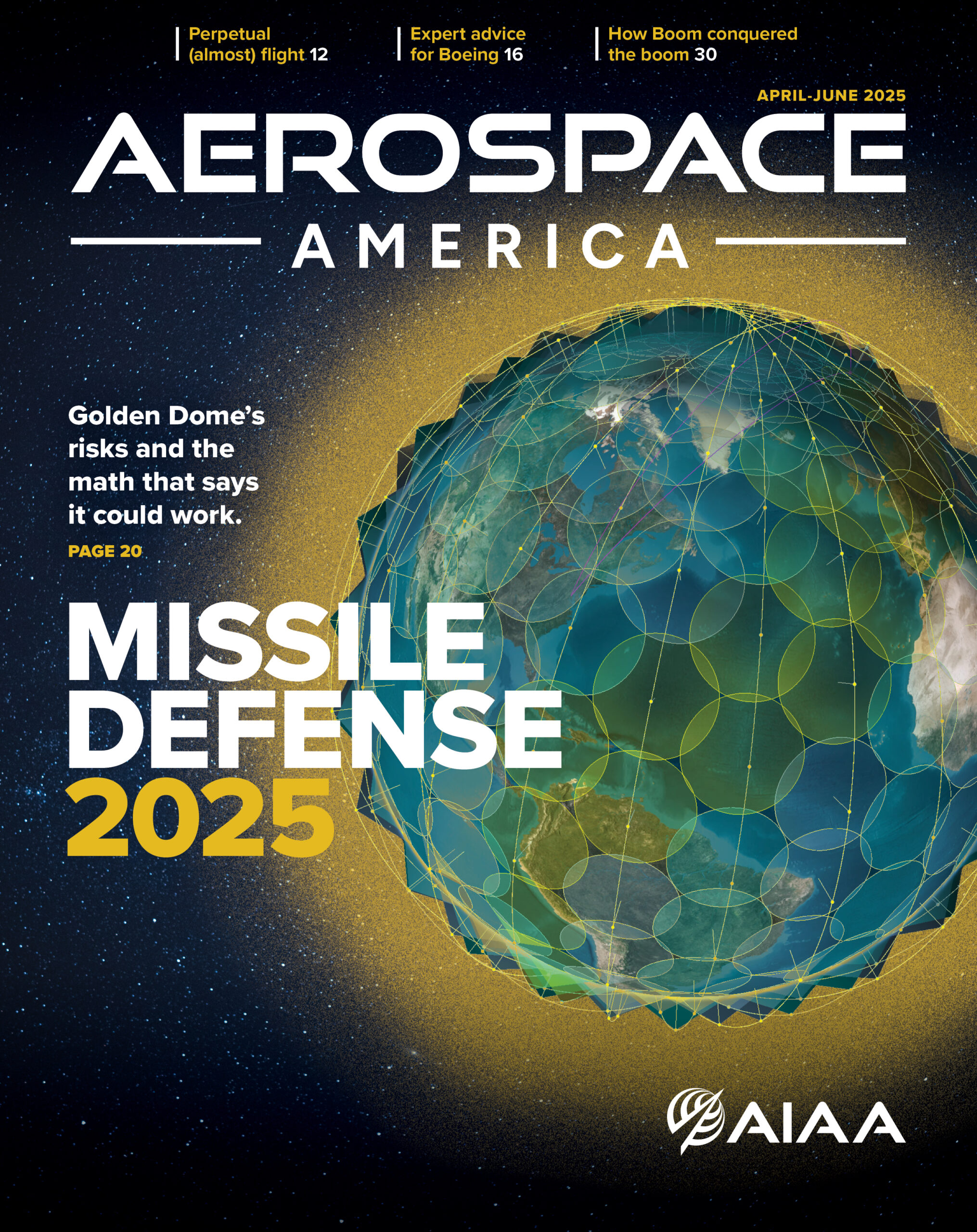1925
April 2
The remodeled R.33 airship is launched from Cardington, England, toward Pulham Airship Station. This two-hour trial flight marks the first British airship flight since World War I. Originally constructed in 1916 for London traffic control, the semi-rigid R.33 has been refitted for scientific work. The ship is damaged later this month, when a gale pulls it away from the mast at Pulham and over the North Sea. Flight, April 9, 1925, pp. 209-210.
April 2
A Douglas DT-2 torpedo bomber is launched via catapult from the deck of the USS Langley carrier, the first time the U.S. Navy demonstrated this technique. The DT-2 is piloted by Lt. Cmdr. Charles Mason, with Lt. Braxton Rhodes serving as a passenger. U.S. Naval Aviation, 1910-1970, p. 57.
April 3
Belgian Air Service Lts. Leopold Roger and Joseph De Bruycker land in Leopoldville, completing the first flight from Brussels to the Congo, then a Belgian colony. Their aircraft is a Handley Page Hamilton W.8F passenger biplane, powered by one Rolls-Royce Eagle IX engine mounted in the nose and two Siddeley Puma engines on each wing. The flight demonstrates the utility of the three-engine Handley for long-distance flights, and plans call for establishing regular commercial service between Leopoldville and Elizabethville. This 8,000-kilometer journey normally takes 45 days by land but only 12 hours by air. Flight, May 28, 1925, pp. 327-¬328.
April 7
The U.S. Navy launches its first purpose-built aircraft carrier, the USS Saratoga. Built from the hull of a battle cruiser, the Saratoga is designed to carry 72 airplanes and is the longest naval craft in the world. Aviation, April 27, 1925, p. 468.
April 13
Henry Ford’s Ford Air Transport Service inaugurates the first regular air-freight service between Detroit and Chicago, flying 450 kilograms of cargo between the two cities with a Stout Pullman single engine all-metal monoplane. This tri-weekly service connects various Ford automobile plants with the main office in Dear¬born. Aviation, April 27, 1925, p. 468.
1950
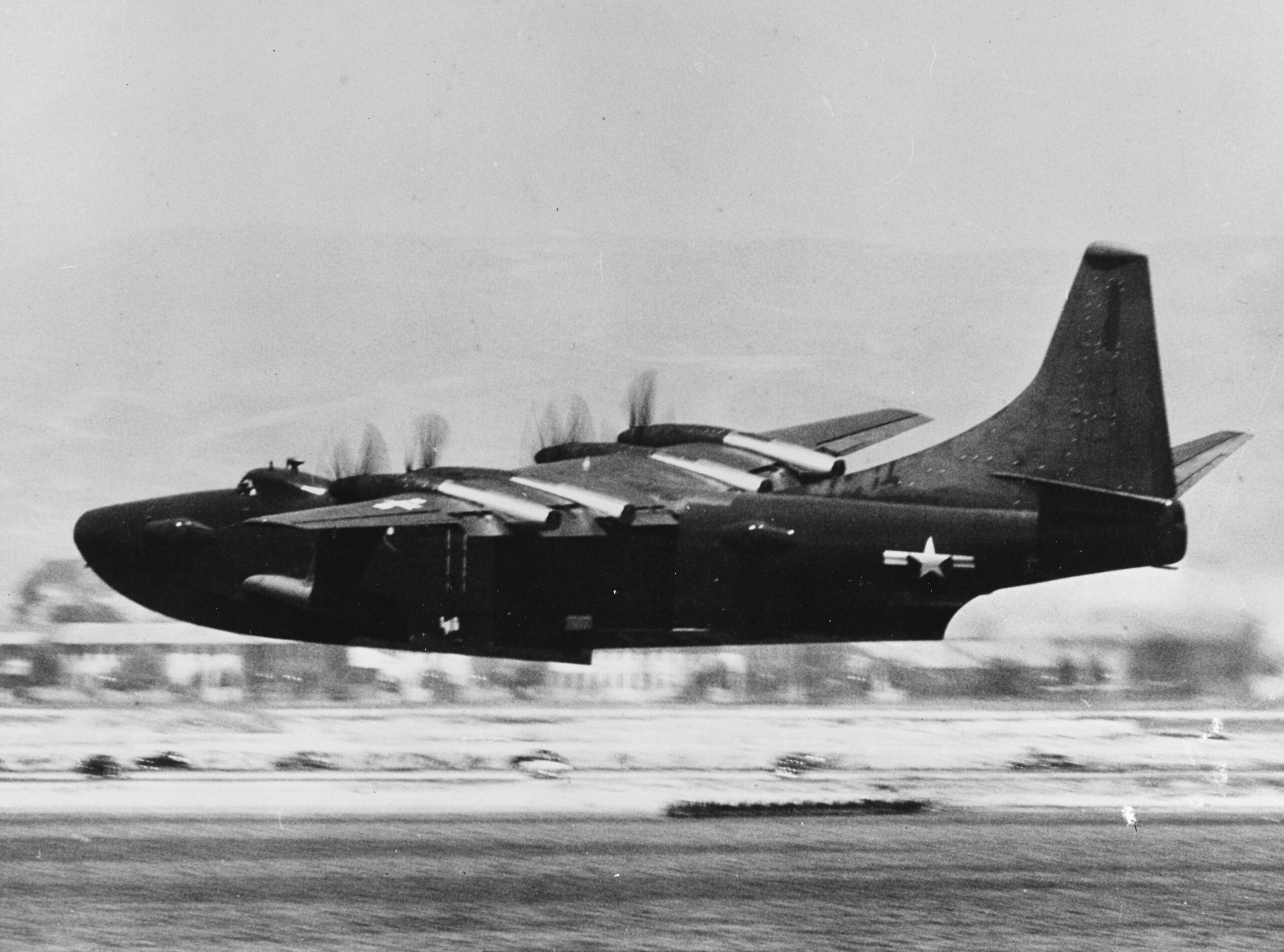
April 18
The Convair XP5Y-1 flying boat completes its first flight. Designed for long-range search and antisubmarine patrol duties, XP5Y-1 has a laminar flow wing of high aspect ratio and high-fineness-ratio hull and fuselage. The design enters service with the U.S. Navy in 1956 as the R3Y Tradewind, but only 13 total are constructed, and all are withdrawn after two years of operation. U.S. Naval Aviation, 1910-1970, p. 181.
April 21
The U.S. Navy completes two record flights from the USS Coral Sea carrier. Capt. John Hayward completes the first carrier takeoff of a North American AJ-1 Savage heavy attack bomber, and Lt. Cmdr. Robert Starkey takes off in a Lockheed P2V Neptune patrol plane, the heaviest aircraft launched from a carrier to date. U.S. Naval Aviation, 1910¬-1970, p. 181.
April 24
De Havilland test pilot John Cunningham sets a point-to-point international speed record between London and Cairo in a D.H. 106 Comet airliner. He flies from the de Havilland plant at Hatfield, England, to Khartoum and Nairobi in 5 hours, 6 minutes, 58.3 seconds at an average speed of 690.55 kph (429.09 mph). The Aeroplane, May 5, 1950, p. 514.
1975
April 1
NASA commemorates the 15th anniversary of the launch of TIROS-1, the world’s first weather satellite. Since then, some 30 experimental and operational weather satellites of increasing complexity have been launched to provide continuous observations of Earth. NASA Release 75-73.
April 1
The U.S. Air Force resumes studying the feasibility of an aircraft twice the size of the Lockheed C-5 Galaxy that would rely on nuclear power at cruising altitudes, the Washington Star reports. Lawrence Noggle, program manager for nuclear aircraft propulsion technology at Wright-Patterson Air Force Base in Ohio, says the technique could provide an alternative for powering large subsonic aircraft. Washington Star, April 1, 1975, p. A4.
April 5
The Soyuz 18A capsule carrying cosmonauts Vasily Lazarev and Oleg Makarov touches down in Western Siberia shortly after it is launched from the Baikonur Cosmodrome. During the ascent to orbit, the first stage of the launch vehicle does not separate from the capsule and upper stage as planned, and the capsule’s abort engines ignite to carry it and the crew away from the failing rocket. The purpose of the mission was to continue experiments aboard the Salyut 4 space station. Washington Star, April 7, 1975, p. A4.
April 9
The third and final of NASA’s Geodynamics Experimental Ocean Satellites is launched. The primary objective of this spacecraft, GEOS 3, is to demonstrate the feasibility and utility of mapping the sea surface and measuring the wave heights via radar altimeter. These measurements are to contribute to the development of technology for future altimeters. NASA Release 75-88.
April 10
The first ground test hardware for a space shuttle, a hydraulic actuator for the orbiter’s main stage engine, arrives at NASA’s Marshall Space Flight Center in Huntsville, Alabama. NASA, Astronautics and Aeronautics, 1975, p. 63.

April 11
In a White House ceremony, U.S. President Gerald Ford presents the National Space Club’s Dr. Robert H. Goddard Memorial Trophy to astronaut Gerald Carr, commander of the final crewed mission to NASA’s Skylab space station. Carr accepts the trophy on behalf of the nine astronauts who inhabited Skylab from 1973 to 1974. NASA, Astronautics and Aeronautics, 1975, p. 64.
April 14
NASA’s primary and backup astronaut crews for the Apollo-Soyuz Test Project, accompanied by 32 members of the project’s Working Group 1, meet in the Soviet Union with their Soviet counterparts for the final training session before the scheduled July launch. Washington Post, April 30, 1975, p. A21.
April 18
NASA announces the appointment of former astronaut David Scott as director of its Dryden Flight Research Center in California. He replaces Lee Scherer, who is now director of the Kennedy Space Center. Scott went to low-Earth orbit during the Gemini 8 and Apollo 9 flights, and in 1971, he spent 67 hours on the lunar surface during Apollo 15, the first landing in which astronauts traversed the moon in a Lunar Roving Vehicle. NASA Announcement, April 18, 1975.

April 19
India’s first scientific satellite, Aryabhata, is launched from Kapustin Yar in the Soviet Union. The 360-kilogram spacecraft, named after the fifth-century Indian astronomer and mathematician, carries instruments to measure X-rays from celestial sources and to look for neutrons and gamma radiation from the sun. NASA, Astronautics and Aeronautics, 1975, p. 67.
April 23
This is the 60th anniversary of the first meeting of the National Advisory Committee for Aeronautics, NASA’s predecessor. NACA originally comprised 12 members, appointed by the president from the military and various scientific fields, who “supervise and direct scientific study of the problems of flight” and “conduct research and experiments in aeronautics.” NASA Release 75-86.
April 28
NASA announces the creation of a program to determine the effects of natural and humanmade pollutants on Earth’s ozone shield. In collaboration with other federal agencies, universities and private industry, NASA plans to measure atmospheric concentrations of Freon, a trade name for gases used as refrigerants and in aerosol spray cans, via high-altitude U-2 aircraft, balloons, sounding rockets and satellites. NASA Release 75-124.
2000
April 4
Cosmonauts Sergei Zalyotin and Alexander Kaleri are launched to orbit in a Soyuz capsule for the final crewed mission to Russia’s Mir station. Because of funding difficulties, the station has been orbiting without a crew for the last seven months. The cosmonauts spend two months aboard repairing components, including a misdirected solar panel to restore Mir to working order. NASA, Astronautics and Aeronautics: A Chronology, 1996-2000, pp. 258-259.
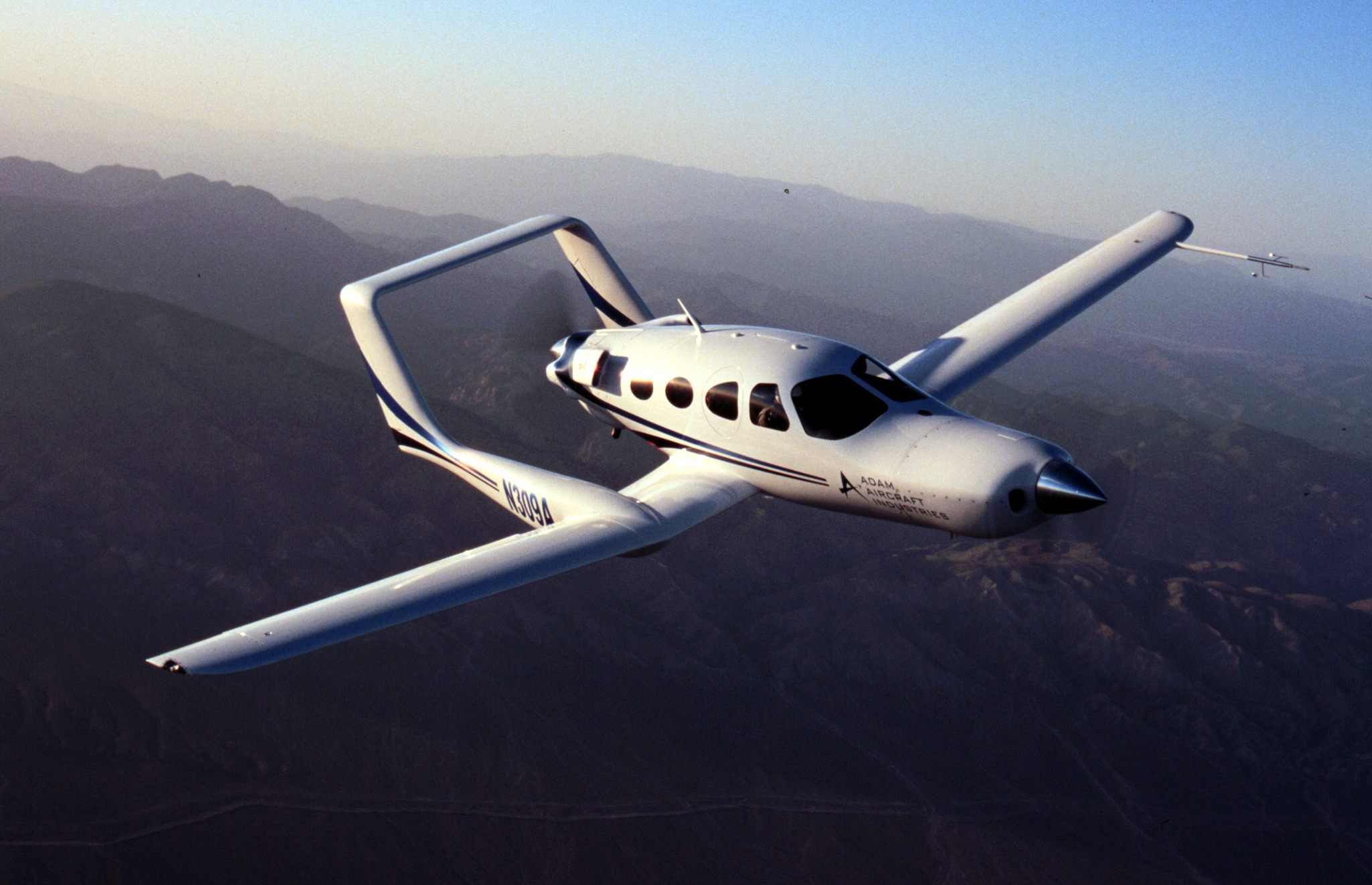
April 5
Adam Aircraft Industries unveils its six-seat M-309 light plane, developed with Scaled Composites. According to Burt Rutan, president of Scaled Composites, the all-composite twin-engine aircraft represents a breakthrough in aircraft manufacturing, having been designed and fabricated in seven months. Flight International, April 11-17, 2000, p. 6.
April 24
This date marks the 10th anniversary of the deployment of NASA’s Hubble Space Telescope. During its decade of operations, the telescope made some 271,000 observations, and NASA projects it will operate until at least 2010. NASA, Astronautics and Aeronautics: A Chronology, 1996-2000, pp. 261.


